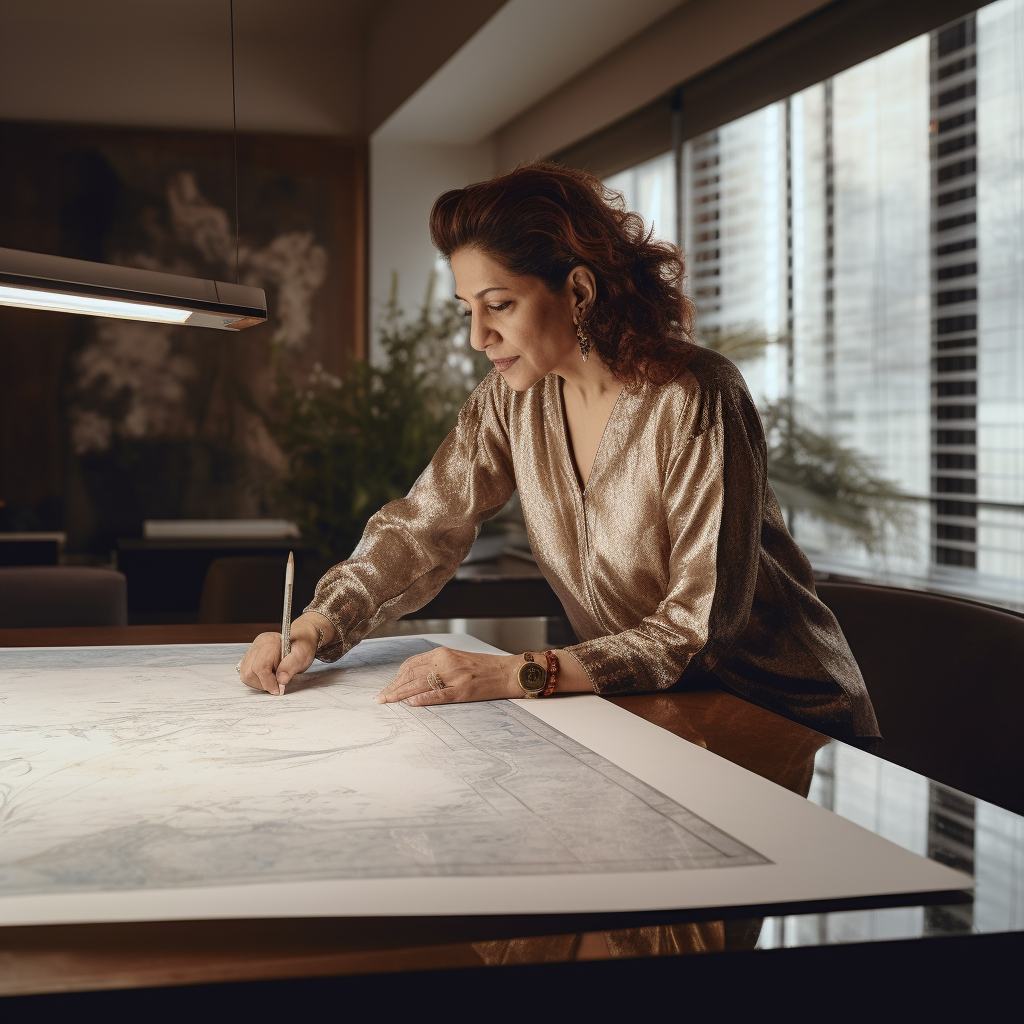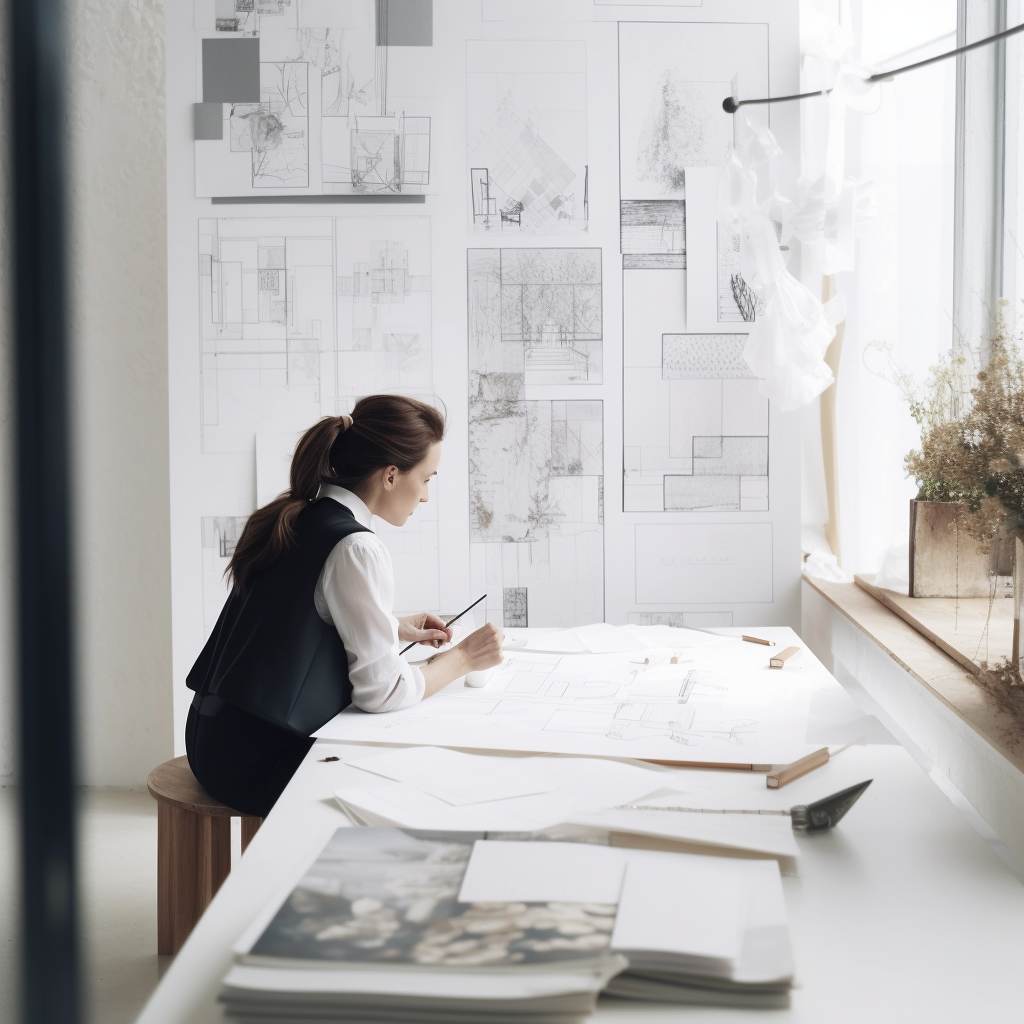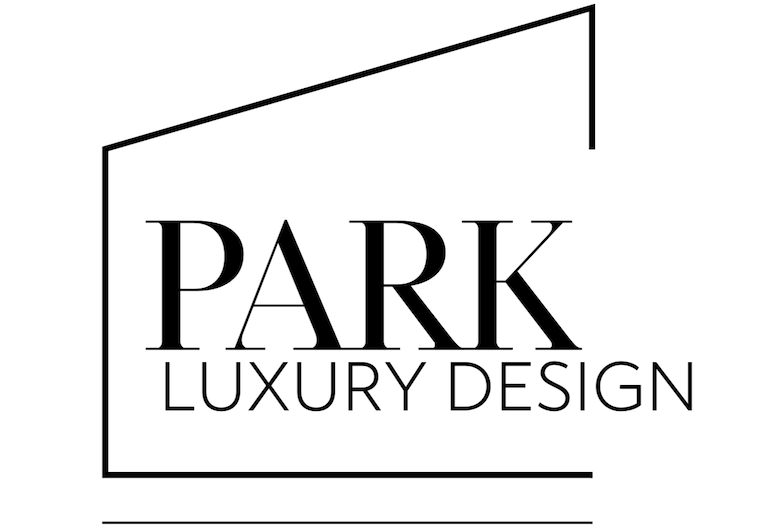Choosing the right interior designer to transform your Denver home can seem like a daunting task, especially with so many talented designers in the industry. But don’t fret – this comprehensive guide will make the process feel less like solving a Rubik’s Cube and more like an exciting journey towards creating your dream space. Read on for pro tips and expert advice designed to help you navigate the world of interior design, so you can select the professional that perfectly matches your style, personality, and needs.
Defining Your Design Needs
Designing your dream space starts with a clear understanding of your design needs. It’s essential to articulate what you want to achieve and identify any challenges or limitations you may face. Defining your design needs allows you to communicate effectively with potential interior designers and ensures that their expertise aligns with your vision.
Start by envisioning how you want the space to feel and function. Consider the purpose of the room or area you’re designing. Is it a cozy living room for family gatherings or a minimalist home office that fosters productivity? Understanding the intended use of your space helps inform design decisions and influences the aesthetic direction.
Next, analyze your lifestyle, preferences, and personal style. Reflect on colors, patterns, textures, and materials that resonate with you. Do you gravitate towards bold and vibrant palettes or prefer muted tones and natural materials? Identifying your design preferences will guide the selection of furniture, finishes, and accessories that create a cohesive look.
Let’s say you adore vintage charm but have a penchant for contemporary elements as well. Combining these two aesthetics might seem challenging, but with careful curation and a skilled designer, it can result in a unique blend of old-world elegance and modern functionality.
Consider practical aspects as well – budget, timeline, and any existing architectural elements or restrictions that may impact the design process. This includes factors like structural changes, power outlet placements, lighting fixture options, and proper utilization of space. Being aware of these practical considerations will help you set realistic expectations while discussing them with potential designers.
Once you have a solid grasp on your design needs, it’s crucial to move on to the next step: identifying aesthetics and scope.

Identifying Aesthetics and Scope
An essential aspect of finding the perfect interior designer is ensuring their design aesthetic aligns with yours. Take time to explore various sources of inspiration such as design magazines, websites, model homes, and social media platforms. Collect images or create mood boards that reflect the style and ambiance you desire for your space.
Engaging in this exploration process will allow you to develop a clear vision and articulate it effectively to potential designers. Sharing visual references with them enables effective communication and helps them understand your preferences better.
During the initial consultation or interview, discuss the scope of your project with each designer. This includes understanding their approach to complete the work – from concept development and space planning to material selection and furniture arrangement. Clarify their level of involvement in decision-making and collaboration with builders or architects if applicable.
For instance, you may prefer an interior designer who takes a holistic approach, involving you in every step of the decision-making process while also providing valuable guidance based on their expertise.
It’s also important to ask about any specific challenges they anticipate in designing your home and how they plan to overcome them. This allows you to gauge their problem-solving skills and adaptability.
Now that we have explored the importance of defining your design needs and identifying aesthetics and scope, we can move forward to the next section: finding suitable design professionals.
- According to HomeAdvisor, the average cost of hiring an interior designer ranges from $2,000 to $12,000 in 2023. Given the considerable expense, it’s imperative to select a knowledgeable and experienced professional.
- A 2019 report published by IBISWorld reveals that there are over 13,300 registered Interior Design businesses in the United States alone, demonstrating the growing demand for such services.
- The American Society of Interior Designers reports that 40% of homeowners would prefer to hire an interior designer who is environmentally friendly and uses sustainable practices in their designs – reflecting a significant trend towards green living within interior design choices.

Finding Suitable Design Professionals
When embarking on the journey of choosing an interior designer, it’s crucial to find professionals who align with your vision and needs. With countless options available, narrowing down the search can be overwhelming. So, how do you go about finding suitable design professionals?
Begin by identifying your style and inspiration. Seek inspiration from magazines, websites, model homes, or even ask for referrals from friends, family members, builders, or architects who have worked with designers before. This not only helps you clarify your own preferences but also ensures that you find a designer whose aesthetic aligns with your vision.
Once you have a list of potential candidates, take the time to evaluate their portfolios online. Look for projects that showcase their expertise in areas that are relevant to your own project. Pay attention to their ability to work within different styles and environments, as this demonstrates versatility and adaptability.
To further narrow down your options, schedule face-to-face meetings with 2-3 finalists. This provides an opportunity to see their work in person and get a feel for how they approach projects. During these meetings, discuss your ideas and requirements openly while paying attention to whether they listen attentively and show genuine interest in your project.
For instance, if you dream of a modern minimalist style for your living room renovation, choose a designer who demonstrates proficiency in creating sleek and minimalistic spaces through their portfolio examples. This will help ensure they have the necessary experience to bring your vision to life.
Remember to inquire about the range of services each designer offers. Some may specialize in full-service design where they manage every aspect of the project from concept to completion, while others may offer more limited consulting services or focus on specific areas like color consultation or furniture selection.
Lastly, consider compatibility beyond design aesthetics. Design projects require collaboration and effective communication between the client and designer. It’s essential to choose someone with whom you feel comfortable working, as you’ll be sharing personal preferences and making important decisions together. Trust your intuition and choose a professional who not only understands your needs but also respects your input throughout the process.
Assessing Portfolios and Backgrounds
Once you have narrowed down your list of potential designers based on their initial online portfolios, it’s time to delve deeper into their work history and experience. Assessing the portfolios and backgrounds of designers plays a vital role in choosing the right fit for your project. But how can you effectively assess these aspects?
Firstly, consider the breadth and depth of a designer’s portfolio. Look for a diverse range of projects that demonstrate their ability to work with various styles, scales, and budgets. Pay attention to the level of creativity, innovation, and attention to detail showcased in each project. This will give you an indication of their design sensibilities and ability to meet your unique requirements.
In addition to viewing completed projects, inquire about their previous collaborations with architects, contractors, or other professionals involved in similar projects. This demonstrates a designer’s ability to collaborate effectively within a team setting, ensuring smooth execution from start to finish.
Explore their educational background, certifications, and affiliations as well. A degree in interior design is not always necessary for success in the field; however, continuing education courses or certifications from reputable organizations can indicate a commitment to professional growth and staying up-to-date with industry trends.
Furthermore, consider reading reviews or testimonials from past clients. These provide valuable insights into a designer’s communication skills, professionalism, reliability, and overall client satisfaction. Don’t hesitate to ask for references directly if they are not readily available online.
Remember that each designer has a unique approach and style. Look for someone whose design philosophy aligns with your own and who has a track record of successfully fulfilling their clients’ visions. This will ensure a harmonious working relationship, resulting in a space that truly reflects your personality and meets your functional needs.


